THE WORLD LANGUAGE TEACHER SUMMIT 2.2 MASTERCLASS SESSIONS
Discover foundational topics beyond the daily lesson, plus differentiation, storytelling, critical thinking, and inclusive practices to enhance language instruction.
CONFERENCE THEME 1
Click to Open/Close ▼
Celebrate You: How Students' Uniqueness Differentiates Curriculum
Join us for Day 1 of this year's WLTS to learn more about differentiation. In today's teaching climate, students come into our class with vastly different knowledge, skills, learning styles, cultures, and bandwidth. Differentiating and scaffolding provides access for some learners and diverse resources that offer mirrors and doors to their experiences and others' gives students the chance to see themselves as part of a bigger picture. It can take significant time and energy to make every student feel included and yet the richness of community and creativity that unfolds as a result can make all the difference. Tune in today and start your week off planning for all students.
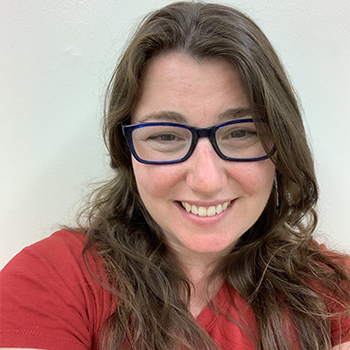
Differentiating Through Student Choice
by Maureen Lamb
In this presentation Maureen talks about proficiency, diversity and differentiation through student choice, and she defines three different ways to do it: a choice of what, which is the choice of what materials students are doing, the choice of how - how students are interacting with that material, and finally who - a choice of groups.
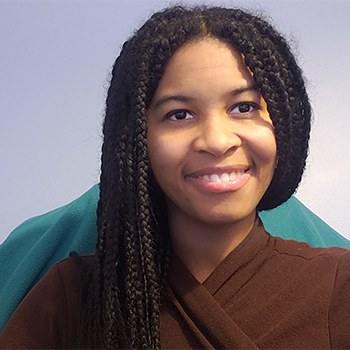
Shifting The Classroom from Language Learning to Real-World Mentality
by Jazz Cole
Jazz shares her ideas for providing real-world experiences for language students. These include explaining the purpose of learning a language and encouraging the students to see their language skills as part of their identity. She recommends that teachers teach language in context using authentic resources and provide in-depth instruction in geography and culture so that students are prepared to use their language learning for educational and professional purposes.
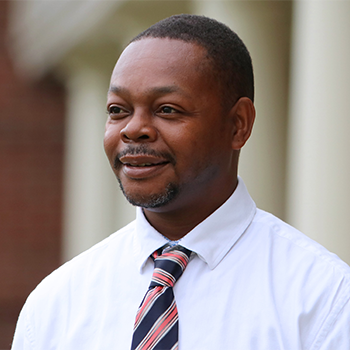
Cultivating Diversity and Supporting Inclusion in the World Language Classroom
by Tracy Rucker
Tracy is sharing strategies that could be used for different proficiency levels in the World Language classrooms. He has learned that through carefully planned mini units or projects that are student centered, it is possible to tap into creativity and to encourage students to think deeply about real life experiences that shape citizens of our world. His goal for the seminar is to show us how weave practices, perspectives and products into three modes of communications. Students need to interpret, then to use the target language to communicate with the teacher and with other students. They also need to continually reflect on what they can do.
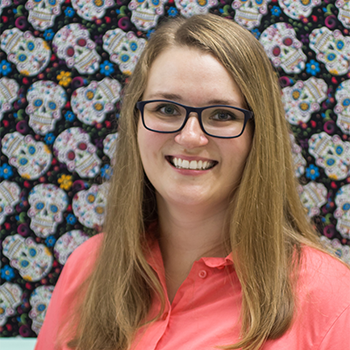
Unlocking Student Creativity Using Parallel Texts
by Kaitlin Leppert
In this presentation, Kaitlin presents the reasons why we might use parallel texts as well as the steps she follows to use this strategy. She shares hints for differentiating the technique with students of various proficiency levels, and also presents ideas for how the parallel texts might be used to provide input with other students and classes.

Using Canva in The Foreign Language Classroom
by Christopher Dabb
Christopher provides a thorough list of the ways in which Canva can be used to create a variety of resources to engage students and save teachers time. He includes step-by-step instructions for setting up a free Canva account, creating classes and designing content, such as a storybook, using Canva. In addition, he shows us how to create additional resources such as games, presentations, conversation cards, etc. using this platform.
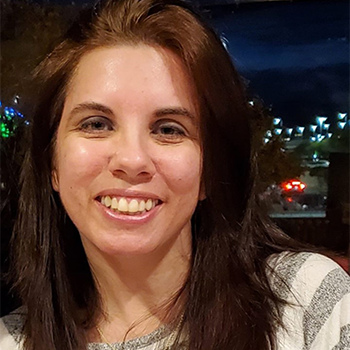
Building Community in Your World Language Classroom
by Katie Acosta
In this presentation, Katie explains the importance of creating a classroom community and provides a variety of strategies for doing so. Her suggestions include opportunities for students to share their work, classroom celebrations, and studying culture through a social justice lens. She underlines the importance of developing our students’ social awareness, and recommends resources that allow her to focus on kindness and respect for diversity.
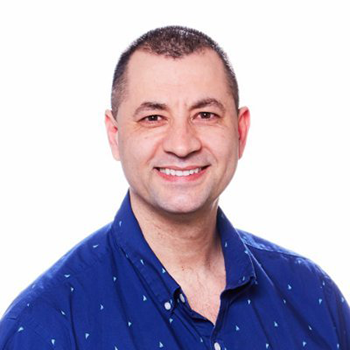
Students as Authors: Build a Classroom Library with Stories Written by Students
by Paulino Brener
In this video, Paulino explains why teachers must advocate for the power of reading and shares his experience with building a classroom library. He shares his strategies for both Story-Asking and Write and Discuss and then explains how these strategies equip students to write their own stories. By making co-created or student-created stories available during Free Voluntary Reading time, Paulino ensures that his classes have a variety of level-appropriate texts and provides an authentic audience for his budding writers.
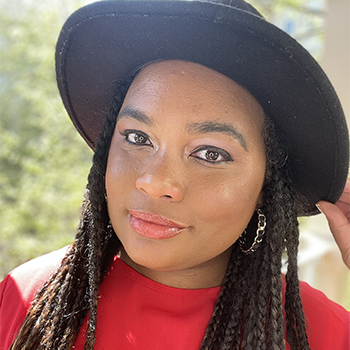
Inclusivity: Ways to Highlight Diversity in the World Language Classroom
by Allison Perryman
Allison presents the strategies she implements in order to guide her students to becoming more than just “cultural tourists.” She reminds us of the cultural iceberg analogy and then describes how she addresses her students’ senses of sight, hearing, and taste to increase their interculturality. In addition, she reminds us of the importance of affirming each of our students as members of various cultures.
CONFERENCE THEME 2
Click to Open/Close ▼
Language & Literacy: Using Stories to Develop Proficiency and Critical Thinking Skills
When it comes to connecting language learning with literacy, the overlaps are immense. As we teach students to decipher language, to negotiate for meaning, and to interpret resources, we partner with their language arts instruction to increase literacy skills, critical thinking skills, and perspective-taking. But literacy doesn't have to be dry! Stories grab our attention whether written via graphic novel or poem, or even heard in a song or movie. Today's presenters show us tools to engage, exploit, and encourage literacy.
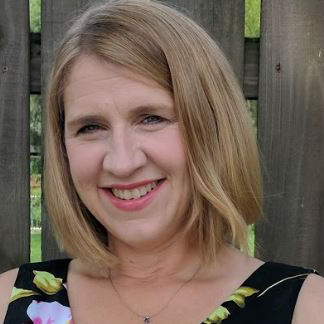
Strategies For Developing Critical Thinking Skills Across The Modes
by Lisa Shepard
In this presentation Lisa shares a variety of communicative activities that foster critical thinking skills. She includes interpretive tasks which encourage students to analyze authentic resources, interpersonal tasks that require students to solve problems collaboratively, and presentational tasks that are designed to inform or persuade cross-cultural audiences.
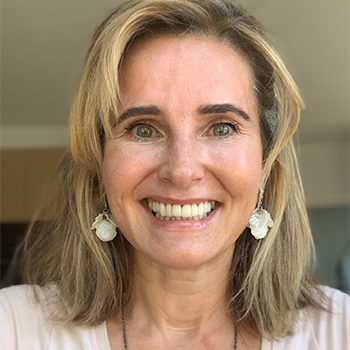
Multimedia Literacy
by Louise Crossley
In Louise’s presentation she shares how she uses Backward Design to prepare a multimedia literature unit. She then gives several examples demonstrating how she pairs novels and the corresponding play or dance performance to explore various themes with her students.
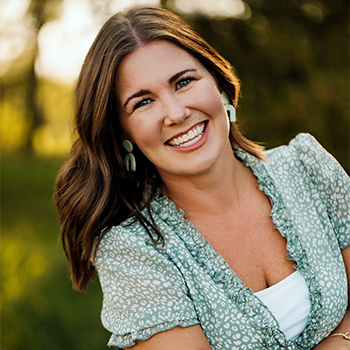
Master Movie Magic
by Allison Wienhold
In this session Allison discusses her reasons for showing films and lists the types of films that are appropriate for students at different levels of proficiency. She then shares examples of pre-viewing and during viewing activities as well as post-viewing assessments for each mode of communication.
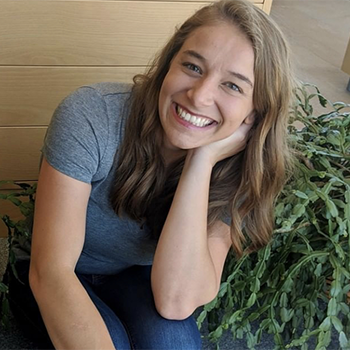
10 Activities You Can Do with ANY Reading
by Ashley Mikkelsen
As the title suggests, Ashley shares 10 activities that can be used with any text. The majority of these activities require little to no preparation by the teacher and can be used even with Novice students.
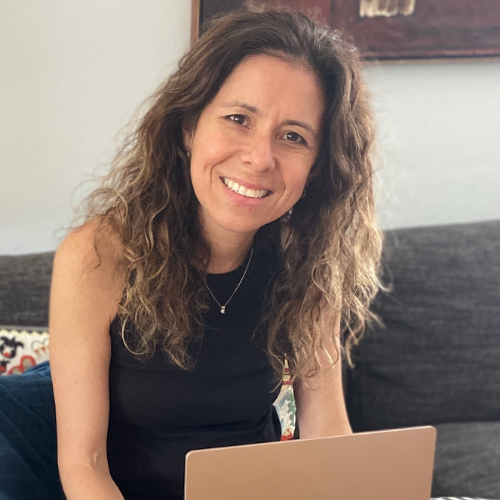
The Power of Storytelling in our WL Classes
by Claudia Elliott
In this presentation, Claudia provides a detailed plan for implementing Storytelling. After a convincing list of the advantages of using stories, she shares the framework she has developed for incorporating both fiction and non-fiction stories with her students. Finally, she shares a detailed example of how she prepared and carried out a story-based unit in class.
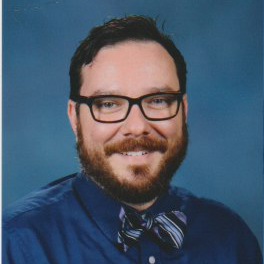
Tell Your Story: Using Stories in Elementary School Language Class
by Albert Fernández
In this presentation Albert shares his personal experience for using storytelling with all his students from grades Kindergarten through 8th grade, as a really effective way to engage students in language class. Stories are an extremely effective way of presenting input to students that is comprehensible and compelling, and students can be engaged through talks about almost any topic with the story.
CONFERENCE THEME 3
Click to Open/Close ▼
How to ...
Maybe this idea was on your district's buzzword bingo card this year, but we can't try everything all at once! Take these instructional videos one by one and try out something new this week. Some of the videos center on classroom ideas: from getting everything you can out of a resource to designing curriculum based on brain research. And yet, there are other pathways to explore outside your room and your students such as National Board Certification and teaching abroad. Start with something just outside your comfort zone that makes sense in your context and see how to make it work for you!

How to turn that short text into a FULL lesson!
by Sarah Barrientos Svatos
In this presentation Sarah explains the advantages of using short texts and provides examples of these resources. She then provides examples of pre-reading, during reading and post-reading activities and demonstrates how she incorporates these ideas in a 5-day mini-unit on paella.
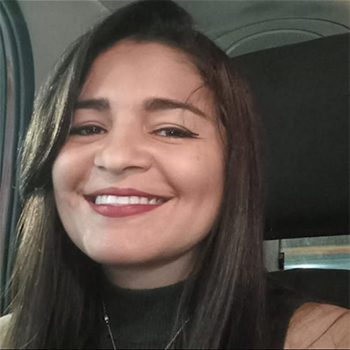
Brain based learning (BBL) for World language class
by Fanest Coronado
Fanest presents in-depth information about how the brain learns including the types of working memory, the role of neuroplasticity in learning, and the effects of bilingualism on the brain. She provides suggestions on how this knowledge can be applied to the classroom by describing techniques for using triggers and brain breaks to energize or relax students and solidify learning.
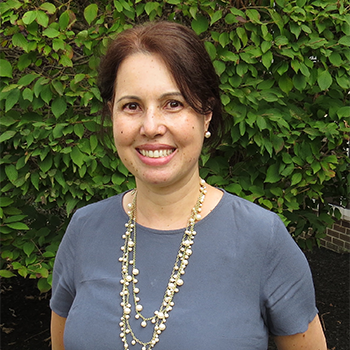
Special Person from Kindergarten to Fifth Grade and Beyond
by Maria Hinestroza
In this presentation, Maria shares her ideas for using Special Person Interviews for Kindergarten through fifth grade students. She provides suggestions for adapting this strategy across grade levels by changing the unit theme that provides the context for the interviews. As the students move from focusing on their family in kindergarten, through topics such as Birthdays, Food and Celebrations, they incorporate increasingly complex vocabulary and grammar in their interviews and presentations.
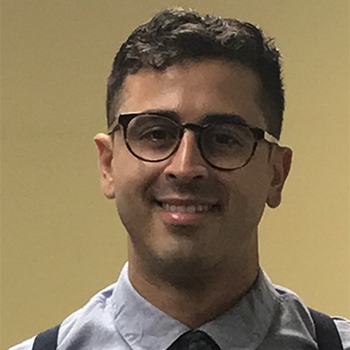
Navigating National Board Certification for World Language Teachers
by Steven López
Steven provides an in-depth description of the process required to earn National Board Certification. In addition to explaining the standards, costs, and components, he offers suggestions on how teachers might spread the tasks over a two-year period in order to make the process more manageable. The examples he provides for support in this process will be very helpful to those seeking certification.
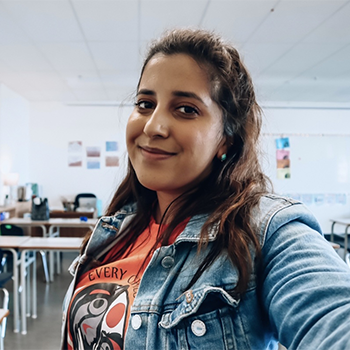
A Culturally Centered Classroom
by Pav Kaur
While preparing her program for her undergraduate degree in French, Pav discovered that language teaching was separated from culture and they were seen as two different things. As a result, she didn’t have an understanding of how diverse francophone people are and she wasn’t even familiar with the term francophone when she began her teaching career. She didn’t want it to be that way, but instead she wanted language and culture to go hand in hand in her classroom. In the last six years she set this as her major goal and created her own pedagogy.
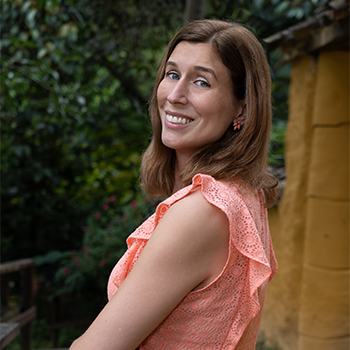
How To Teach And Work Abroad
by Kristin Montgomery
Kristin’s teaching career has included a variety of different countries and contexts. In this presentation, she shares with us the secrets of success when it comes to teaching abroad. After starting with a ‘myth-busting’ session, she goes on to talk in detail about different types of international schools and the hiring process involved. Finally, she wraps up with some short-term options.
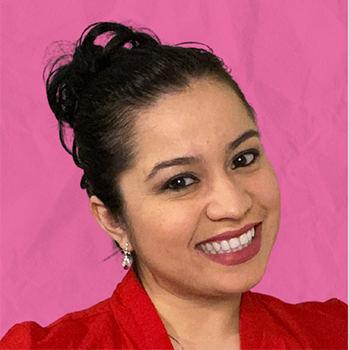
What to Avoid when Teaching Songs in the Target Language & What To Do Instead
by Bertha Delgadillo
In this presentation, Bertha encourages us to use a variety of musical genres to build a bridge between learners and artists. She shares activities such as the use of word clouds, lyric sequencing, traffic light annotation, tweets and Flipgrid presentations that can be used to bring joy to the classroom through music.
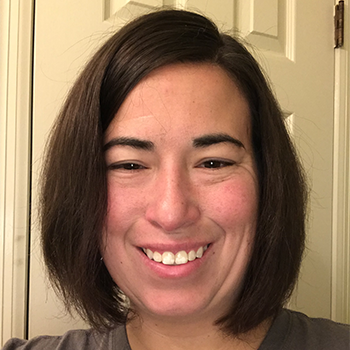
How To Increase L2 Output In The World Language Classroom
by Rebecca Perantoni
Rebecca presents four activities that can be used to increase output. She describes how her students create Smashdoodles, complete monthly Freewrites, produce Flipgrid videos and design comics, based on the input from class novels.
CONFERENCE THEME 4
Click to Open/Close ▼
Language In Is Language Out - In Collaboration with Acento Latino Books
Using textual resources from poetry to novels is not only essential in building literacy skills, but also promises increased target language production. Today, think through how to engage your students before, during, and after reading, paying careful attention to scaffold and check for understanding along the way. Then, think about all the layers of text you can unpack to get the most out of it. Finally, allow your students the time to process the information so that they can apply the structures and vocabulary they have grappled with in their oral interactions.
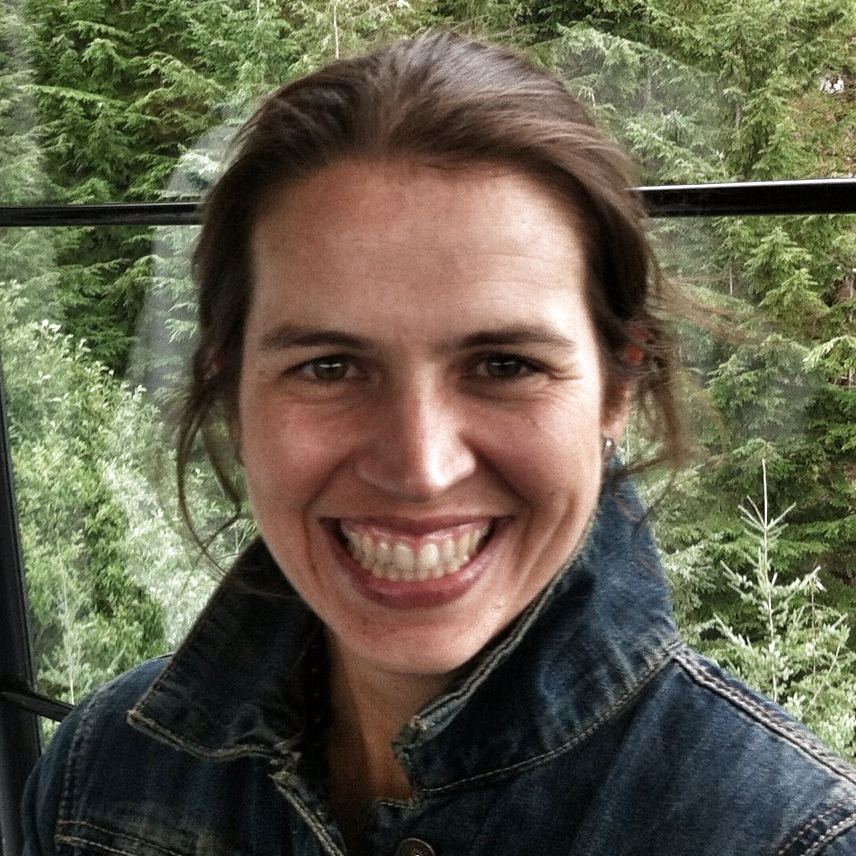
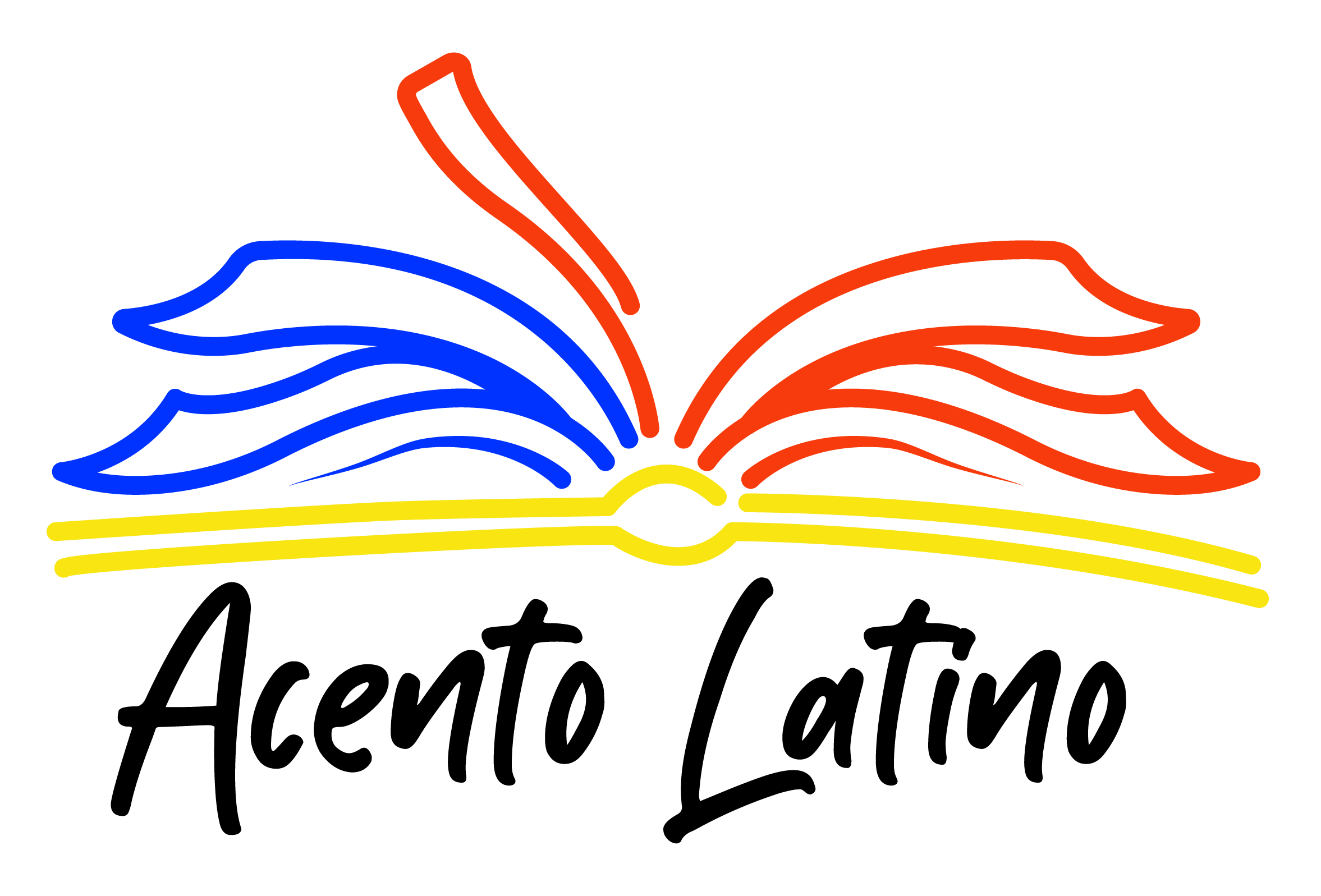
Using Novels in the IB Classroom
by Adriana Ramírez
Adriana explains the role of novels in her IB classes in this presentation. Because the IB curriculum is so open-ended, she is able to address multiple IB themes in the novels that she selects for her students. She gives a specific description of how she does so using her own novels as examples.


Teaching with easy-to-read novels
by Adriana Ramírez
In this presentation, Adriana explains why she uses easy-to-read novels with her students and the steps she follows in doing so. She shares ideas for preloading vocabulary as well as for previewing the content of the chapters. She also includes ideas for assessing the students’ comprehension at the end of the novel.
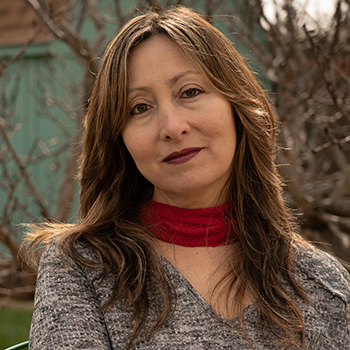

Nobody Speaks that Way
by Verónica Moscoso
In her presentation, Verónica discusses the importance of reviewing the literature you choose to use in your classes. She points out that even subtle mistakes by non-native authors may detract from the ability of students to communicate effectively. Errors in the texts become part of their L2 language.
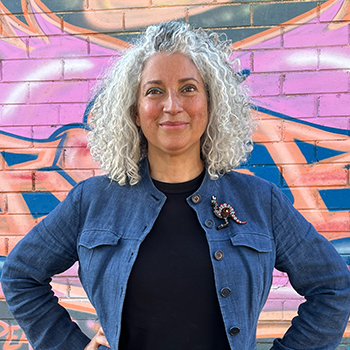

Story-Listening in School Masterclass
by Margarita Pérez García
In this session Margarita shares a masterclass in the use of story-listening in schools. Story-listening is an input-based method that supports language acquisition and that is relatively easy to learn. But it comes with a set of school-related challenges for the practitioners. Margarita discovered story-listening in France in 2016 and it has since become a central pillar of her teaching practice.
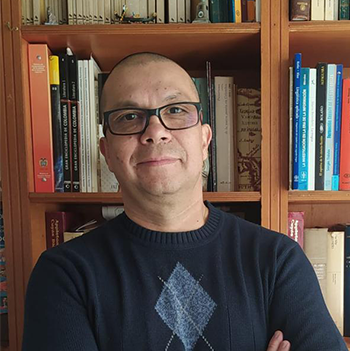

Teaching Poetry in the World Language Classroom
by Diego Ojeda
Poetry is an ideal medium for learning a new language because it helps students practice their pronunciation and intonation, get familiar with grammar, learn new vocabulary, and get in touch with different cultures. It is relatable to the students and invokes emotion which makes the lessons more impactful and meaningful.
CONFERENCE THEME 5
Click to Open/Close ▼
But What About?...Foundational Topics Beyond The Daily Lesson
If you had to name what is at the heart of teaching, your answer may range from lesson design to performance based assessment, or you may take a student's perspective and think about learning and preparing for the world. Teaching is indeed built on a foundational jigsaw because each element from administration to extracurriculars plays a role. Today we go beyond the tunnel vision of creating resources and think about some bigger ideas like student ownership, diversity, and advocacy. That's not to say we leave cornerstones like vocabulary, structures, and assessments behind! As we wrap up this year's summit, take a higher view of the purpose, strategies, and outcomes rather than the how to activities for tomorrow.
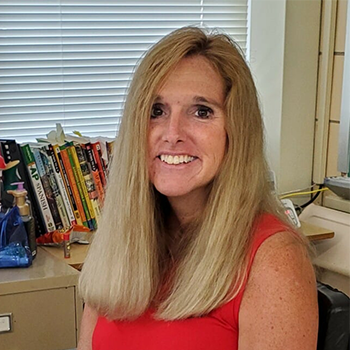
Ideas & Resources For World Language Teachers - How Do We Teach Vocabulary Effectively?
by Amy Haney
Amy presents different ideas, resources and strategies on how effectively to teach vocabulary in the world language classroom.
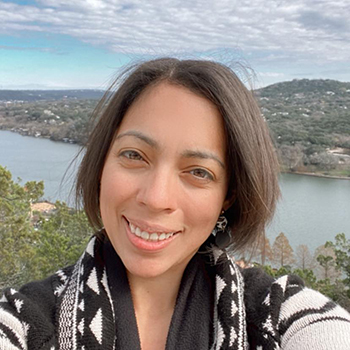
Student Ownership: Beyond the Classroom
by Esther Galo-Kiteka
When students are encouraged to take ownership of their learning experience that’s when the magic begins… lessons become more real, interesting, engaging, and relatable. Because true learning goes beyond the classroom.
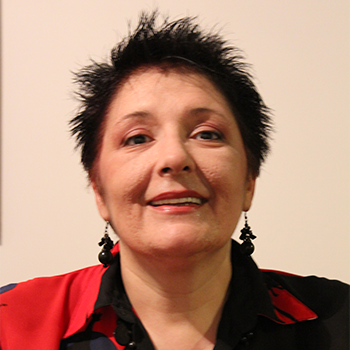
Grammar in action
by Rachel E Lerner Moore
In this presentation, Rachel describes the three stages of exercises that she uses when teaching grammatical concepts. She explains that as students move from mechanical exercises to communicative ones, they are replicating the order that native speakers use when learning grammar. Rachel’s presentation includes three specific examples of grammatical structures and the exercises she assigns for each one.
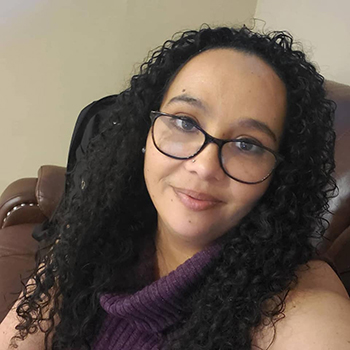
Incorporating Black Culture in the World Language Classroom
by Regina O'Neal
In this presentation, Regina makes specific suggestions for exposing students to a multi-dimensional view of target cultures as well as for ensuring that our learners see themselves represented in our classrooms. She then describes how she teaches her students to analyze art and music using examples of Black artists. She includes suggestions of how teachers can incorporate Socratic Seminars to discuss these artistic works.
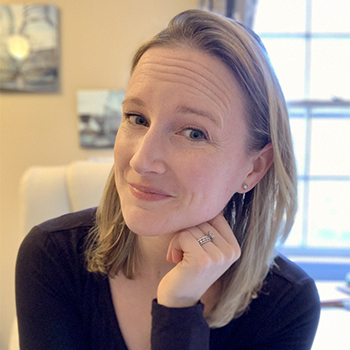
Assessing for Proficiency
by Erin Coleman
To encourage better communication and engagement in the classroom, Erin shares several ways teachers can plan their assessments in order to achieve proficiency. Using a more proficiency-centered approach and focusing further on the communicative modes, is actually going to give you a really accurate picture of what higher students are doing and you will find it easier to use assessments in the planning process of all of your units and during your classes.
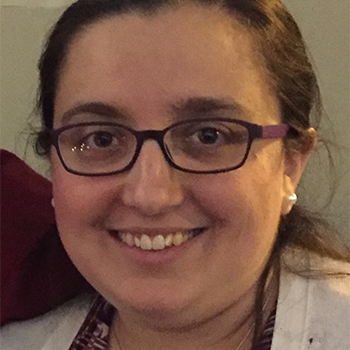
Building Listening Skills Through Authentic Resources
by Anna Cartwright
Anna begins her presentation by reflecting on the difficulties students can experience when faced with listening to authentic material. She goes on to talk about the importance of introducing students to real-life resources at the intermediate (or even ‘novice’) level and recommends adopting a ‘Layered Listening’ approach to make challenging texts more manageable for students.
© 2025 World Language Teacher Summit All rights reserved. Curated by Speaking Latino and Language Babel.
